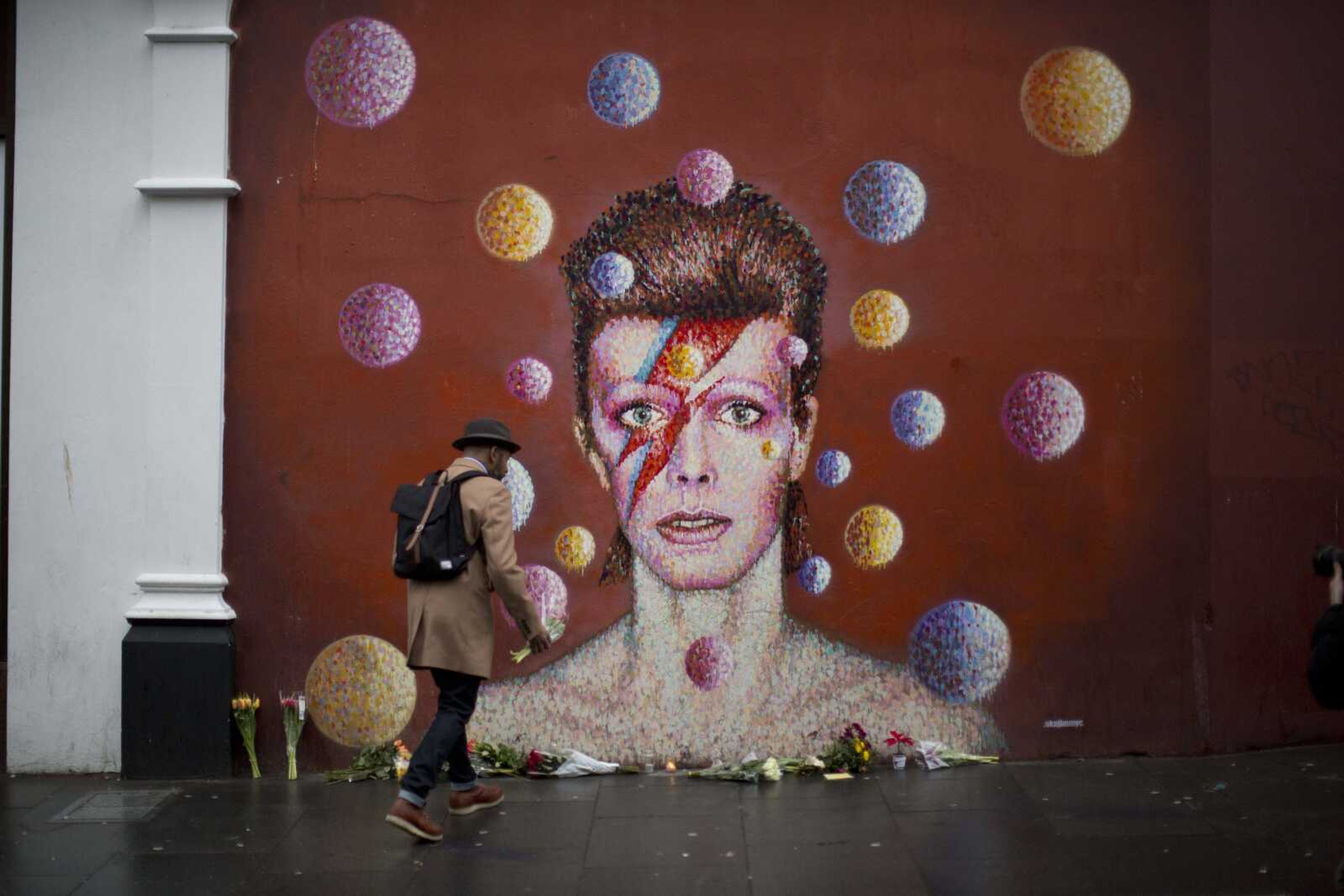It was hardly a coincidence David Bowie named his greatest hits collection "Changes."
Bowie changed musical styles, fashion, even his name -- from David Jones -- in a relentless exploration of the artistic muse.
More than any one sound or song, that shark-like ability to keep moving forward defined him.
Even his exit was an artistic statement.
He released a striking video last week for his new song, "Lazarus," that depicts him in an institutional bed, his eyes covered in gauze.
"Look up here, I'm in heaven," he sings in the song's opening.
A thin Bowie also appears dressed in a bodysuit that seems left over from the "Ziggy Stardust" years, retreating to a closet at the song's end.
The song, like the elegaic "Where Are We Now?" from 2013, has him confronting issues of mortality.
We just never knew how close the end was.
When it came Sunday, Bowie had long since retreated from public view after a reported heart attack in the mid-2000s.
He'd released no new music for a decade before 2013 and the subsequent "Blackstar," released Friday. He gave no interviews in his last decade, and kept his 18-month cancer fight private.
Bowie seemed from another world in his early years. "The Rise and Fall of Ziggy Stardust and the Spiders from Mars" was a concept album about an alien bisexual rock star.
With his makeup and orange hair, Bowie participated fully in an era of excess.
The splendid songs poured out in the 1970s: "Changes," "Starman," "Suffragette City," "Jean Genie," "Rebel Rebel," "Young Americans." He wrote Mott the Hoople's best-known song, "All the Young Dudes."
The bodysuit ultimately proved confining.
Bowie wasn't the first artist to make stylistic shifts, but few did it with such aplomb.
He delved into blue-eyed soul with his John Lennon collaboration, "Fame."
He moved to Berlin to explore a minimal, industrial sound with collaborator Brian Eno.
And in the mid-1980s era of Big Albums, Bowie appeared in a smart suit with the invitation, "Let's Dance."
That album, which also included the hits "Modern Love" and "China Girl," marked the end of his mainstream success.
Bowie kept moving, even if not all his explorations were rewarding; his 1990s band Tin Machine produced noise.
Connect with the Southeast Missourian Newsroom:
For corrections to this story or other insights for the editor, click here. To submit a letter to the editor, click here. To learn about the Southeast Missourian’s AI Policy, click here.









